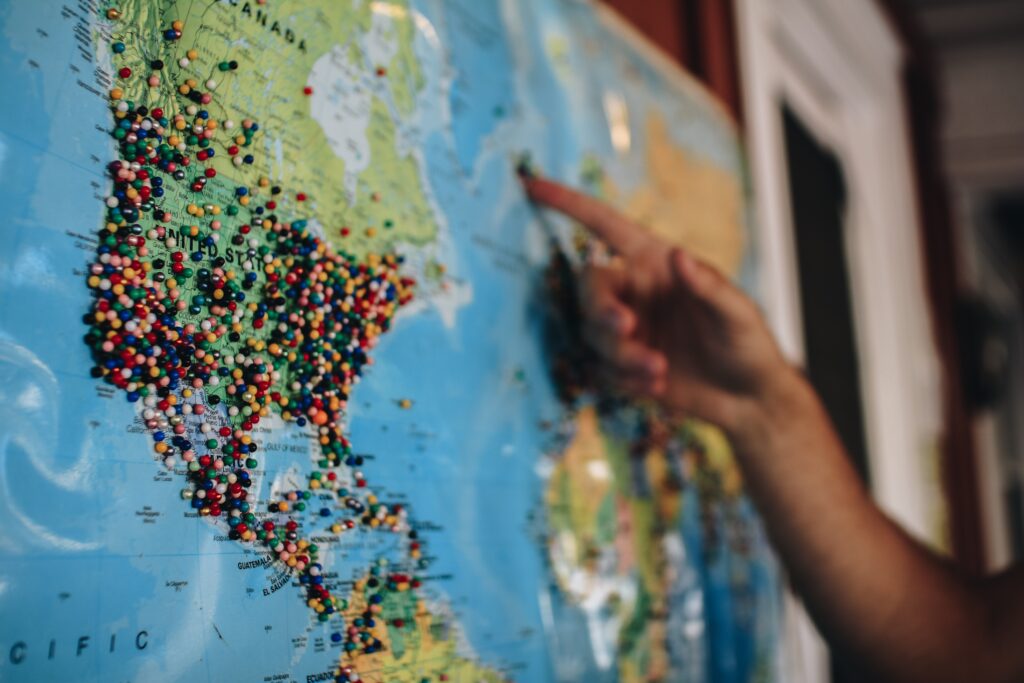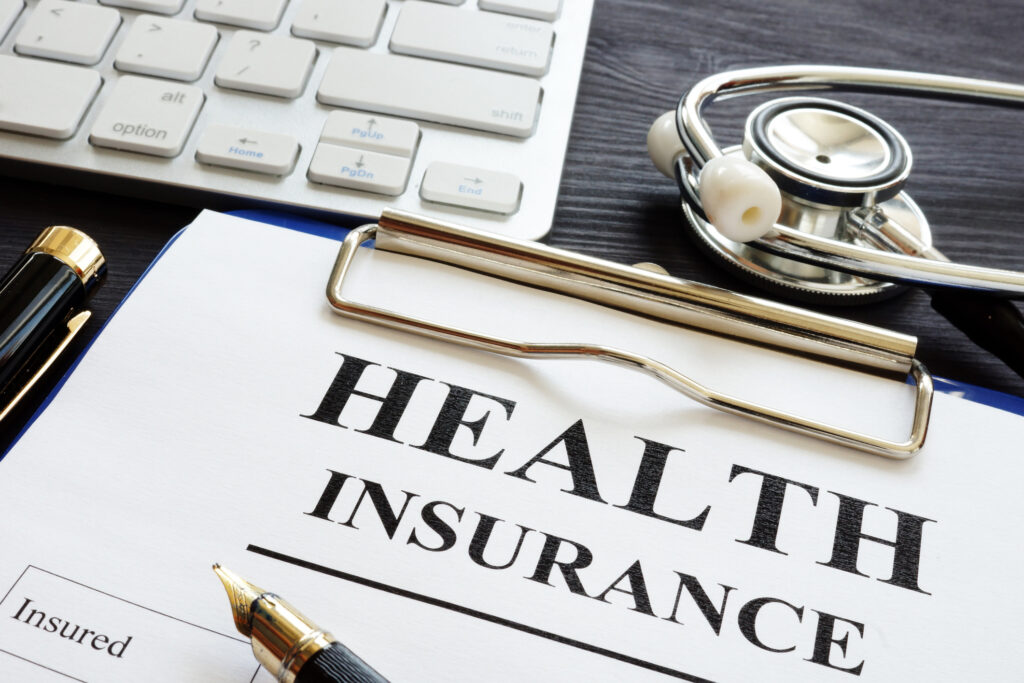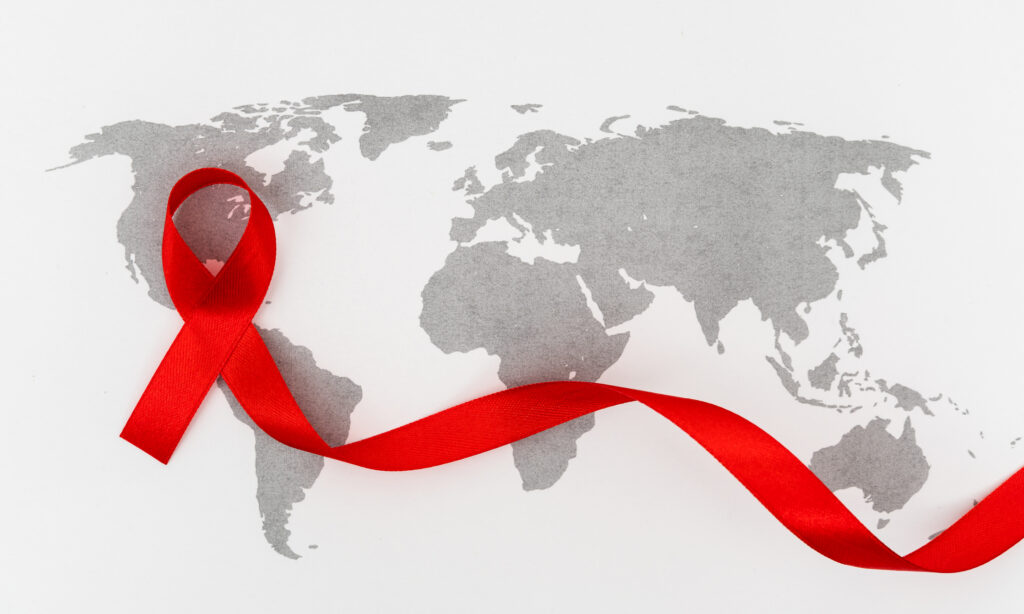Travelers with HIV: What You Should Know to Travel Safely
Just as many countries present added considerations for LGBTQ+ travelers, many also require unique precautions for travelers with HIV. With that in mind, the International LGBTQ+ Travel Association (IGLTA) has designed a travel guide to assist LGBTQ+ travelers with HIV with all stages of travel planning to ensure safe and healthy travel experiences. So, we wanted to provide you with a few important highlights.
Choosing the Right Destination
When travelers with HIV start planning a trip, the first thing they should consider is where they want to go and if it’s safe. Most countries may refuse work or residency visas for people with HIV, but most do not restrict those with HIV from traveling for vacation, short visits, or those in transit, according to Dr. Tristan Barber, Consultant in HIV Medicine at London’s Royal Free Hospital, and Chair of the Education and Scientific Subcommittee of British HIV Association (BHIVA).

However, there are countries like Jordan that deny entry to travelers with HIV, and others that require HIV tests for extended stays. It’s imperative to do the research to make sure you choose the right vacation destination. Nearly 20 countries are known to deport travelers if officials become aware of their positive HIV status. Travelers should also remember that gay and trans conduct is still criminalized in 70 countries around the world. So, this is why LGBTQ+ travelers should take the extra time to gauge their safety in their chosen country, which includes becoming more knowledgeable about existing HIV-related travel guidelines.
Safe & Smart Checklist for Travelers with HIV
IGLTA’s travel guide provides a Safe & Smart Checklist of things travelers with HIV should consider when planning a trip. For example, not only should you understand the HIV travel restrictions of your chosen destination, but before you go, you should also visit your primary care physician about four to six weeks before travel for prescriptions, vaccines, and advice.

Check Medical Insurance Coverage and Medical Services Abroad
And since travel rarely goes exactly as planned, it’s best to take more medication than you think you’ll need. You should also confirm and/or upgrade your medical insurance coverage because regular medical insurance in the U.S. may not cover you when traveling in a different country.
Travelers with HIV should thoroughly research their desired destination to make sure there are adequate pharmacies, medical facilities, and services available just in case of an emergency.
While traveling, you should always pack and travel with your medications, prescriptions, and medical insurance info. And even when you’ve reached your final destination, remember to stay on schedule when it comes to taking your medication.

Maintain Reasonable Diet
Stick to safe eating and drinking habits to avoid disease-causing bacteria or parasites. Raw and undercooked meat, raw vegetables, street food, and tap water (and ice made with tap water) should be avoided to stay healthy while traveling.
If you are a traveler with HIV or you know someone with HIV who enjoys traveling, we encourage you to download IGLTA’s extensive Travel Guide for Travelers with HIV and thoroughly review how you can plan ahead and travel safely.


